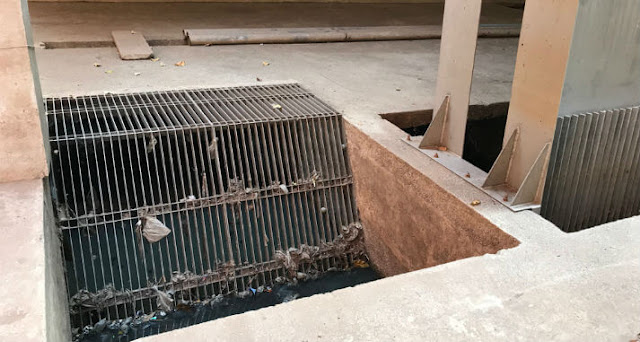Learn About Textile Wastewater Treatment Plant Work
.png)
Textile defines a material that a clothing maker knits and weaves yarn to produce fabric. Thus, the textile industry is where the production, process, manufacture, and distribution of fabric materials occur. Due to the regular processing and functioning of textile industries, it has become a significant source of water contamination as it contains textile dyes, inorganic salts, and organic compounds. Therefore, it is convoluted to extract pure water from the complex system. Many treatments are available for textile wastewater treatment, such as wastewater bar screens , biological treatment, membrane technology, chemical precipitation, and adsorption. Textile Wastewater Treatment Every sector ends up producing various kinds of wastewater due to the maximum usage of different chemicals according to their needs. Similarly, the textile industries go for the same. Thus, it becomes imperative to treat wastewater in a way that diminishes color, oil, suspended solids, and fat and gets filtered...


